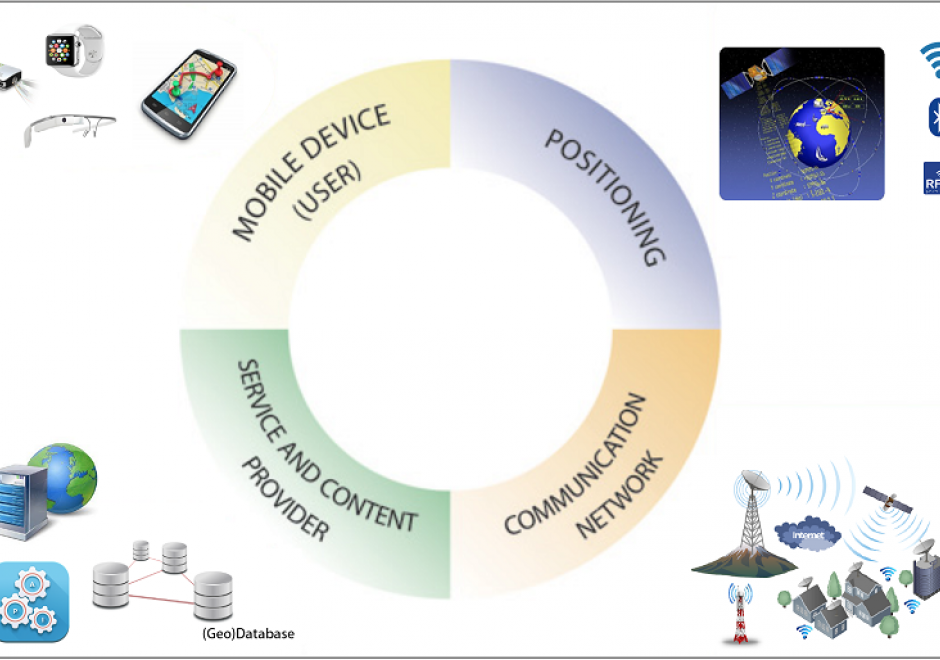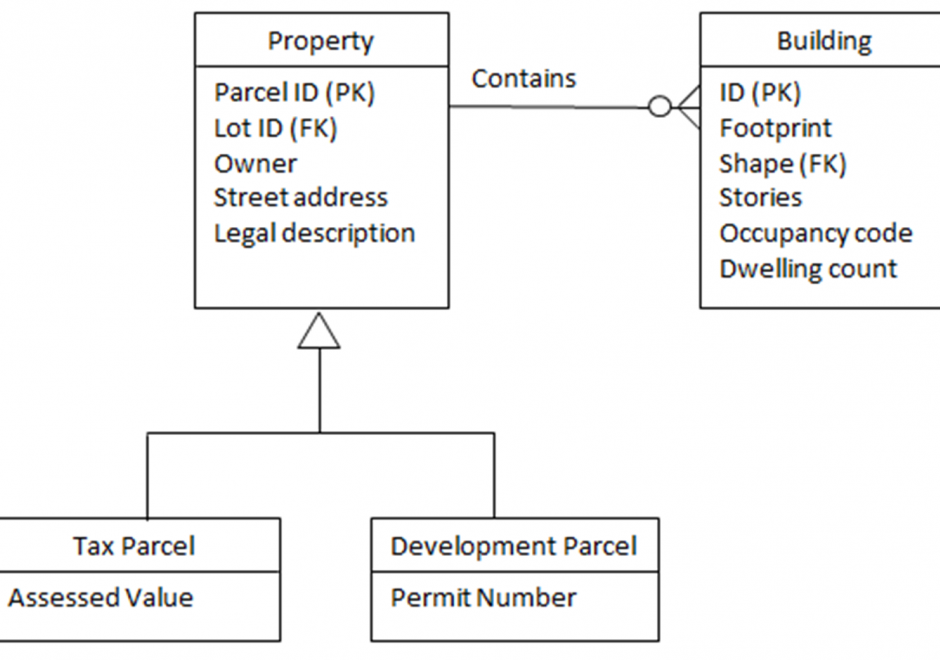GS-23 - Legal mechanisms for sharing geospatial information

- Describe contracts, licenses, and other mechanisms for sharing geospatial data
- Outline the terms of a licensing agreement with a local engineering consulting firm that a manager of a county government GIS office would employ if charged to recoup revenue through sale and licensure of county data



FC-32 - Learning from experience